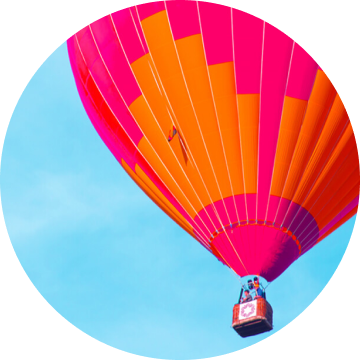What is Pharmacovigilance (Drug Safety)?
With drug safety professionals working hard to help keep us safe and healthy, we’re shining a spotlight on what this industry is, what it does and what roles are available.
Defining pharmacovigilance and drug safety
A brief history of pharmacovigilance
The pharmacovigilance process was formalised in the 1960s after the thalidomide tragedy. Marketed as a drug marketed as a mild sleeping pill, thalidomide treatment resulted in serious complications in pregnancy and birth defects. This incident highlighted the urgent need for stricter drug safety measures. This led to the introduction of stringent testing laws, laying the foundation for modern drug safety practices when it comes to drug development.
What are recent developments in pharmacovigilance?
The global pharmacovigilance market size was estimated at USD 7.32 billion in 2023 and is expected to grow at a compound annual growth rate (CAGR) of 7.0% over the forecast period from 2023 to 2030. This growth is partially driven by the increasing incidence of adverse drug reactions, which are responsible for approximately 5% of hospitalisations in Europe every year.In addition, rising demand for medication, particularly to treat chronic diseases, has seen an increase in the number of medicines available to consumers. This has in turn dramatically increased the demand for the development of novel therapeutics. Essentially, as long as society wants and needs safe and effective medication, there will be continued demand for drug safety specialists.
What are the career opportunities within pharmacovigilance?
Professionals within the pharmacovigilance space are in high demand across the UK, Europe, US and Asia, with a variety of roles available within different manufacturing areas.
If you have the required pharmacovigilance skills and you also have experience in the following sectors of the pharmaceutical industry, you will likely be sought after for both contract and permanent pharmacovigilance roles now and into the future:
- API
- Secondary – pharmaceutical and biotech
- Formulation fill and finish
- Packaging
- Medical device
- Nutraceutical
- Oral solid dosage
- Combination products
- Gene therapy




.png?v=ef657cde43ba24ed87f5c9cd2335343e)
.png?v=9e806bf3adf73e8c54ae39397e40f59f)
.png?v=f4415dae74d7fb166af53f9c3a40a76a)